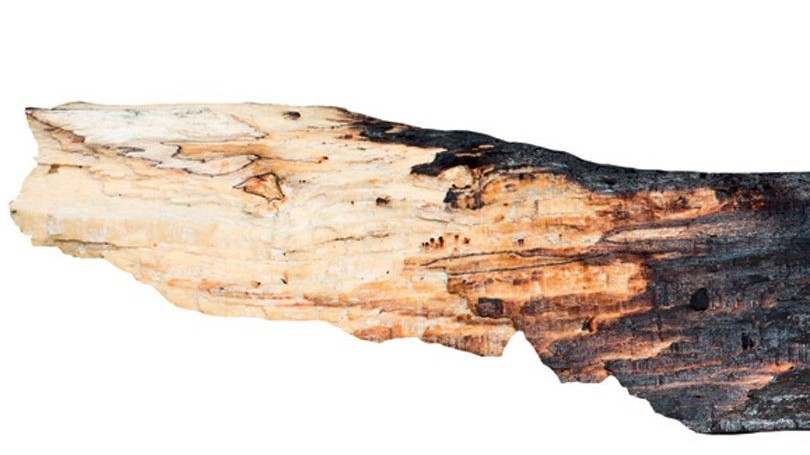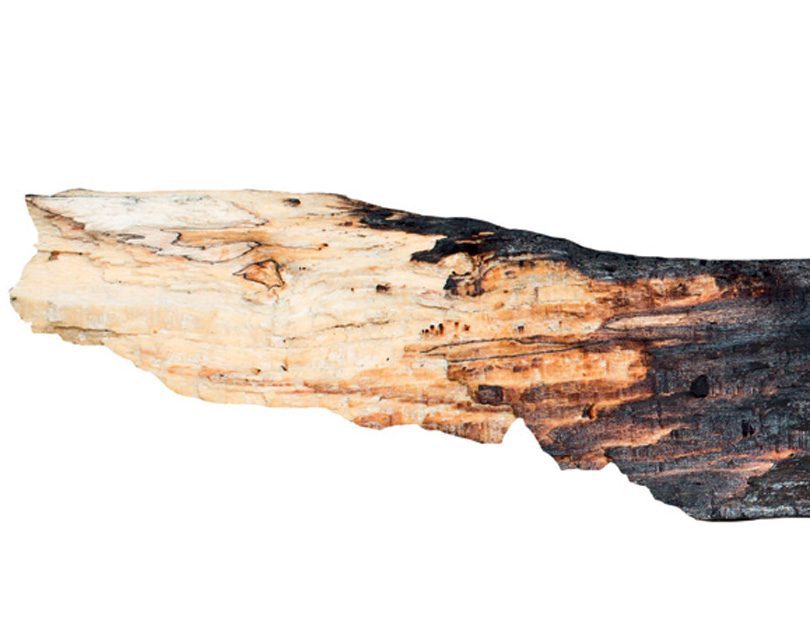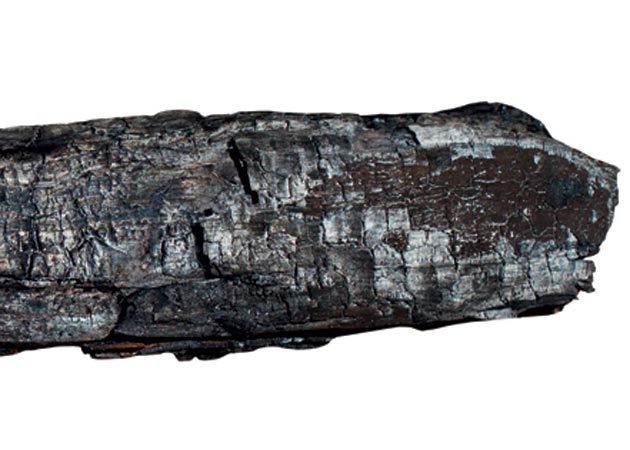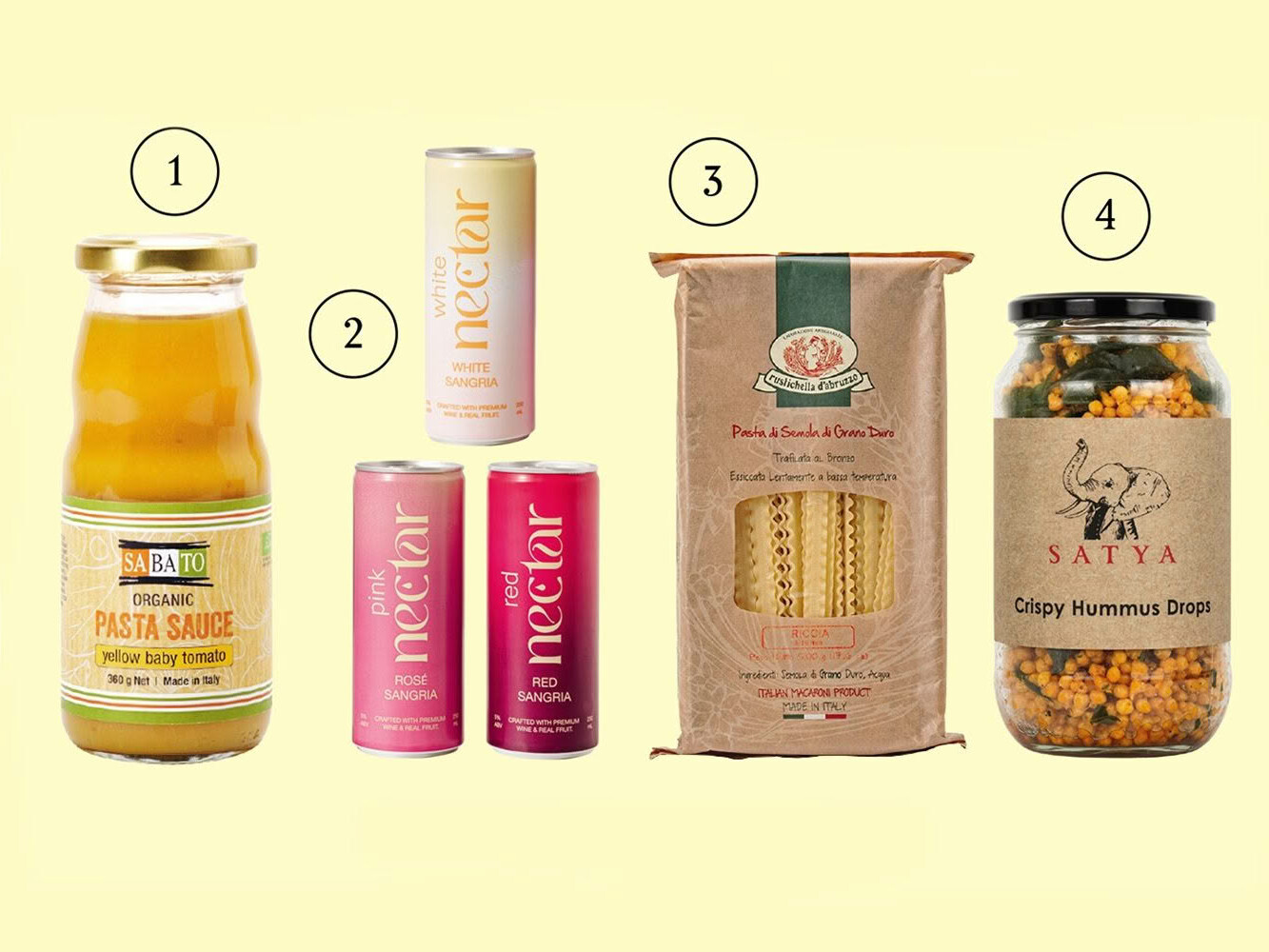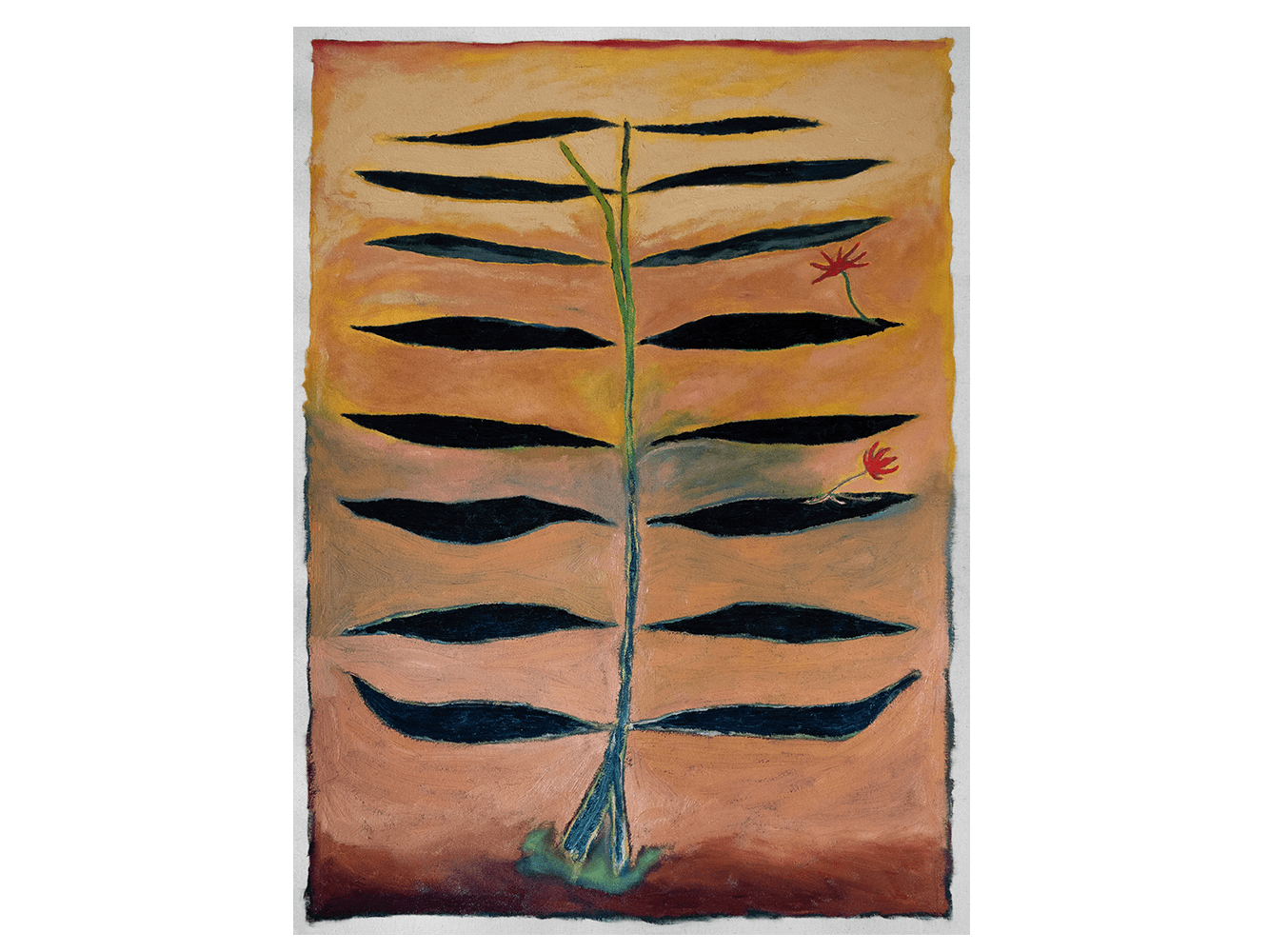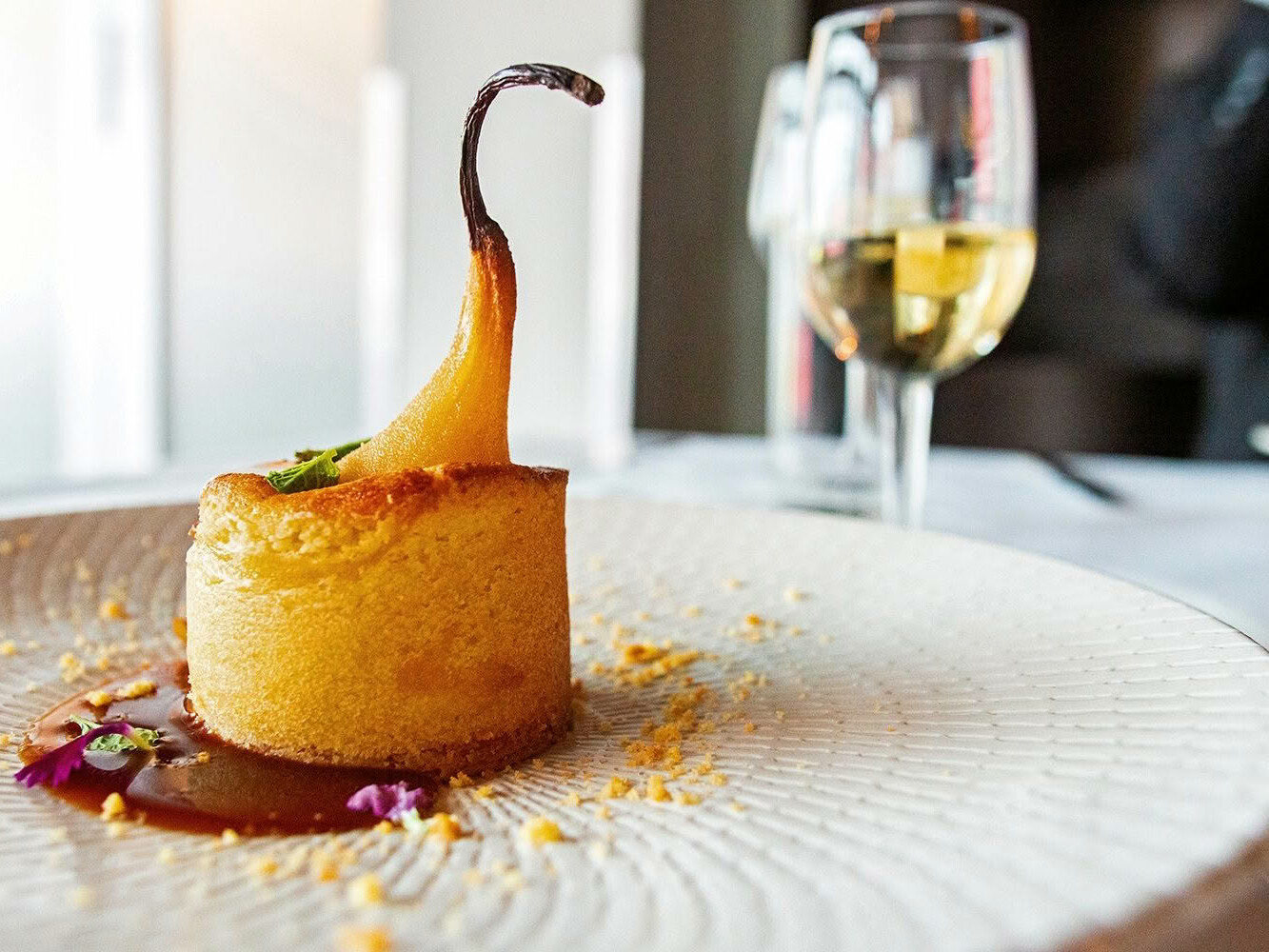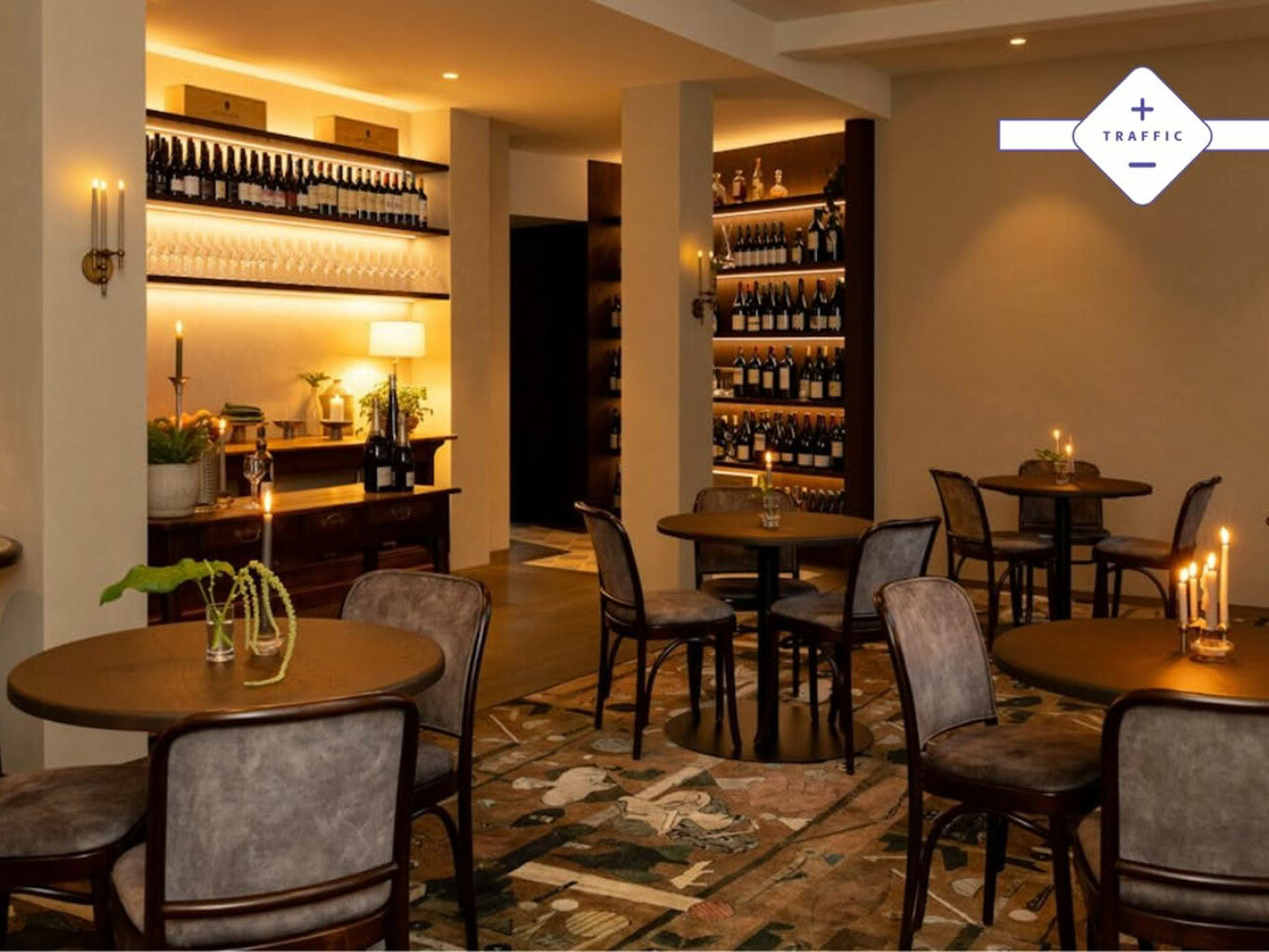Thomas Heaton gives the lowdown on cooking with wood and charcoal.
Gas barbecues have long reigned supreme in New Zealand, while smoke has been reserved for kahawai or trevally, but things are changing. Low ’n’ slow barbecue is a burgeoning part of New Zealand’s food scene and some of the country’s finest, most innovative restaurants are cooking atop raw flame and permeating their food with smoke.
This issue of Cuisine is all about smoke and fire, with recipes that draw inspiration from around the world, so it would be remiss of us not to acknowledge what makes it all possible: wood and charcoal.
CHARCOAL
Charcoal is available in supermarkets and hardware stores countrywide, and comes in several different forms. Some varieties are infused with woods like hickory or apple wood, some are easy lighting and others are made from alternative fuel sources. Charcoal comes in a variety of shapes and sizes, but this is a selection of those most readily available.
LUMP:
This is charcoal in its purest form, typically made by setting fire to logs of hardwood while starved of oxygen. The result is consistently sized lumps that make for easier lighting. Lump charcoal typically burns faster and hotter than the alternatives, so requires more diligent temperature monitoring from the cook. Major brands in New Zealand usually provide lump coals from South Africa.
BRIQUETTES:
Briquettes are valued for their uniform rounded square shapes. This makes for easier cooking, in terms of consistency and being able to be slightly more exact – a luxury not afforded to those cooking with lumps. Briquettes can be found in easy-lighting varieties or infused with woods to flavour food atop the grill. Techniques like “snake grilling”, a process of lining briquettes up in a semicircle, touching, to allow for a slower, longer cooking time, result in a more handsoff cooking experience.
COCONUT:
Those concerned about the trees felled to fuel their barbecues may appreciate coals made from spent coconut shells. The shells are turned into carbon, then to powder, before being formed into briquettes. Several variations on coconut charcoal can be found, each with nuances that may affect flavour, heat and burn times.
WOOD
When cooking over wood, or coals with wood, one should treat them as an ingredient. The smoke adds an extra element to food, while different woods provide different intensities of heat, which should be taken into account when cooking.
Wood, like good food, has to be seasoned before lighting. It must be dried for the appropriate amount of time, but most firewood suppliers do this for you. While it’s fine to use woods from your own backyard, pulling a green branch from the fruit tree will not result in much, flavour wise. Similarly, it’s best to stay away from soft resinous woods, which will render your food inedible.
Many international recipes suggest woods such as hickory and mesquite, or other woods tricky to find in New Zealand, but here we’ve listed timbers available countrywide, any of which can be used in place of those unavailable here. If you’re adamant you want to use foreign timber, however, many are available in chunks or chips in stores around the country. Bags of store-bought wood chips and chunks often have directions for best use.
The chefs Cuisine spoke to for this feature all said that as with anything to do with food, a lot of it comes down to experimentation and personal preference. The beauty of cooking over fire is developing a taste for certain flavours, familiarising yourself with the flame and finding something you like.
MĀNUKA (Leptospermum scoparium):
A member of the tea tree family, mānuka is one of the most prevalent woods used for smoking in New Zealand.
The flavour, as described by Clint Davies of Auckland eatery Morepork BBQ, is strong and sometimes bitter. Traditionally used for smoking fish, mānuka is now popular in the low ’n’ slow community. Davies recommends using mānuka for smoking sturdier, stronger cuts like beef brisket or lamb, and advises removing its bark first.
Cuisine Good Food Awards 2017 chef of the year Ed Verner of Auckland’s Pasture cooks exclusively over mānuka. He says the “eucalyptus, thymey, rosemary” aroma works well with his food, and its quick lighting properties and the high heat that comes off the wood is ideal.
KĀNUKA (Kunzea ericoides):
Kānuka is often confused with mānuka, both in terms of looks and flavour. While it doesn’t fall under the tea tree category, it’s equally strong in flavour, according to Davies. Chinese restaurant Huami at Auckland’s Skycity uses kānuka to fuel its ovens for dishes such as Peking duck, while also using fruit woods.
PŌHUTAKAWA (Metrosideros excelsa):
The New Zealand Christmas tree is more than just beautiful in aesthetics – it imparts a rather “perfumey” taste in the food its smoke permeates, Davies says. The wood burns at a lower temperature than mānuka and kānuka, so lends itself to slow-roasting or baking, and is readily available through the upper half of New Zealand’s North Island. OAK (Quercus family): Oak is in the middle of the spectrum in terms of strength. In New Zealand, predominantly English or pin oak wood is available, known for being quality firewoods. Oak can take up to three years to season properly, according to Sydney chef Lennox Hastie, who heads up the kitchen at Firedoor (see the extract from his book Finding Fire overleaf). Under-seasoned wood typically gives off dense, bitter smoke.
FRUIT: Fruit woods lend their sweet flavour to whatever their smokes permeate. Each fruit differs, but it’s fair to say most fruit woods lend their flavours well to lighter meats, such as poultry, seafood or pork, but can also be used to complement fruits themselves, or vegetables.
APPLE (Malus pumila):
This hardwood is Davies’ first choice, and he almost exclusively cooks with it at his Ponsonby restaurant. He says it’s the most versatile of the woods, flavouring all types of meat effectively without overpowering them. It burns hot too, without emitting too many flames. The aromatic qualities of the wood are what make it popular. It’s relatively easy to find in New Zealand, and is also sold in bags at barbecue and hardware stores in various forms.
PEAR (Pyrus): Pear is similar to apple wood in terms of sweetness and versatility. Davies uses pear in lieu of apple when stocks are running low. It’s light, so similarly versatile for long smoking, and is very good for smoking fish or chicken, but can be used for just about anything.
PLUM, PEACH AND OTHER STONEFRUITS (Prunus):
Stonefruit woods make excellent fuel, but also lend their sweet and unique flavours well to a diverse range of ingredients. Huami chef Jeff Tan likes to use plum wood along with kānuka for flavour in his Peking duck in place of the traditional date wood. Peach burns slowly with sweet, perfumed flavours, and apricot offers a milder flavour. Cherry is a fragrant wood for smoking, but can blacken ingredients quickly.
CITRUS: Lemon, lime, orange and grapefruit trees are found in backyards countrywide, and it’s not just the fruit that can be put to good use. Lemon and lime wood gives off a small amount of heat while flavouring food lightly. All citrus woods are ideal for smoking and cooking shellfish and other seafoods.
There are several other woods available in New Zealand, depending on the time of year and supply, such as tōtara, known for its quick ignition, or the scaldingly hot pūriri.
SEE MORE FROM CUISINE
Design File / Jessica Crowe / stylist, painter / Whangamatā
Though you may not know Jessica Crowe’s name, if you are a regular…
Traffic July / August 2025
Josh and Helen Emett continue the elegance and success of Gilt, with…

